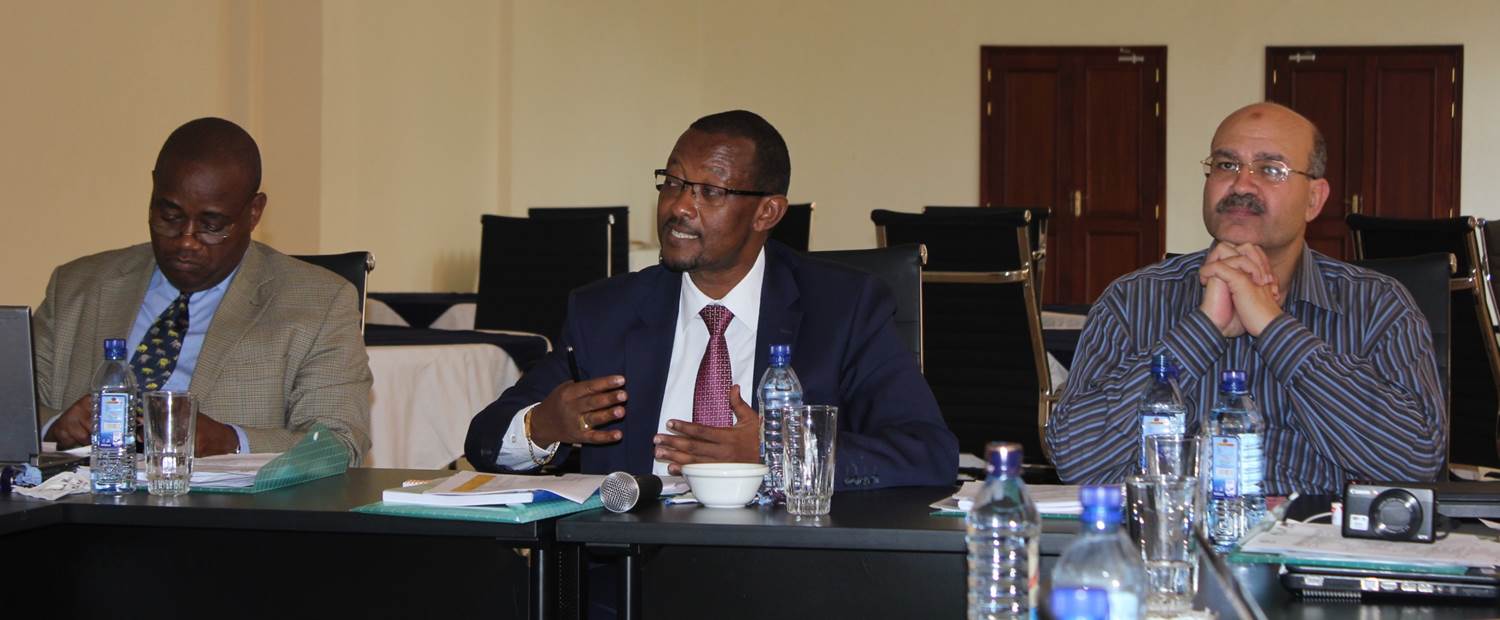As Our Environment Changes, We Should Too
Kenya’s flood prone Nyando District highlights the growing need for better planning and greater investment.
During a fact finding trip on my recent visit to Kenya, our group huddled around a community spokesman as he reminisced about the devastating floods of 2014. It was clear that communities within Kenya’s Nyando district were hard hit by the heavy rains. Nyando district is traditionally a flood prone area, people are used to flooding, but these floods were different. During our visit we saw that flood protection works were in place to manage the flow of water during the rainy season; but the protective dykes alongside the Nyando river were no match for the rising water levels.
As we approached the dyke, I could not help but question its structural integrity. Our guide explained that during the heavy rainfall, water levels overtopped the dyke and breached the structure in three places. Looking along the dyke, I could see overgrown shrubs and the eroded surfaces. While not comparable, having lived the past eight years in the Netherlands where about two thirds of the country is vulnerable to flooding, the integrity of a dyke is of national importance. The country is among the most densely populated on earth, so it is understandable that the Dutch government invests significant resources to ensure flood defences are properly maintained and updated.
While the trip highlighted a number of things, two stood out for me. First, floods are not a new phenomenon in the Nyando area, but the impacts increasingly disrupt the lives of the local community and threaten their wellbeing by creating health hazards, disrupting the economy, and contributing to the loss of harvests, livestock, buildings and infrastructure. Second, the experience in the area, and Kisumu as a whole, demonstrates an increasing need for better planning to protect people and the environment; planning that engages the community in the activities undertaken by water basin organisations responsible for preventing and managing the impacts of extreme weather events.
This was one of the key things highlighted by Dr. Canisius Kanangire, Executive Secretary of the Lake Victoria Basin Commission (LVBC), in his opening address during the Flood and Drought Management Tool Project Steering Committee meeting held in Kisumu, Kenya the following day.
Climate change impacts are being felt most strongly through their effects upon water; so it should not come as a surprise that flood and drought events are becoming more frequent, increasingly severe and less predictable. The consequences of these extreme climate events are increasingly devastating for millions of people around the world. Large numbers of communities are at risk and need to adapt to this reality by building resilience and adapting to future challenges to protect human welfare, economies and ecosystems.

Delegates address the Flood and Drought Management Tool Project Steering Committee
Climate variability, in particular floods and droughts, has a significant effect on the sustainability of water supplies. The status of water resources in our ecosystems is changing, becoming less predictable, and the patterns of the past are no longer reliable. Water service providers face an immense challenge to ensure safe water (good quality, clean and reliable) for consumers as flood and drought events impact the operation and management of facilities.
Prior to our visit to Nyando, the group visited a number of facilities of Kisumu Water and Sewerage Company (KIWASCO), including Dunga Intake Works – contributing 45% of KIWASCO’s (lake) water abstraction; Kajulu Intake Works – contributing 55% of its (river) water abstraction; and the Kisumu Water Treatment facility and Wastewater Treatment facility for domestic and industrial effluents.
The site visits were part of the 2-day meeting with members of the Flood and Drought Management Tools Project Steering Committee (SC). The SC will bridge the connection between reality in the project pilot basins – Volta Basin, Lake Victoria Basin and Chao Phraya Basin – and the tools being developed, to ensure the project develops flexible, adaptable and usable tools from basin to local levels. Without the full engagement and contribution from local partners, the project would have little relevance. KIWASCO is among one of the many stakeholders with which the project will engage through Water Safety Plans (WSPs).
As with basin level organisations, the project will help improve the ability of local organisations and institutions to address the increased frequency of flood and drought events. As all three pilot basins experience different issues relating to flood and drought, there is a growing need for a tool that is practical and universal.
Visiting the various KIWASCO facilities demonstrated how the project could be of value for utilities; and how to fit the WSP framework within the Flood and Drought Management Tool to assist KIWASCO in better guiding the operational procedures of management and planning. Championing improved planning processes is important. Therefore, it is essential that the project brings to the attention of and shares with utilities, basin organisations and other organisations the value of such a tool.
As Charles Biney, Executive Director of the Volta Basin Authority, stated on the last day of the meeting, “we should continue to build the ‘water fraternity’”. This reflects the need to share our experiences, and further strengthen the relationships that are being built to develop tools to assist water professionals in their planning processes, and ensure decision-making is based on sound, validated information.

